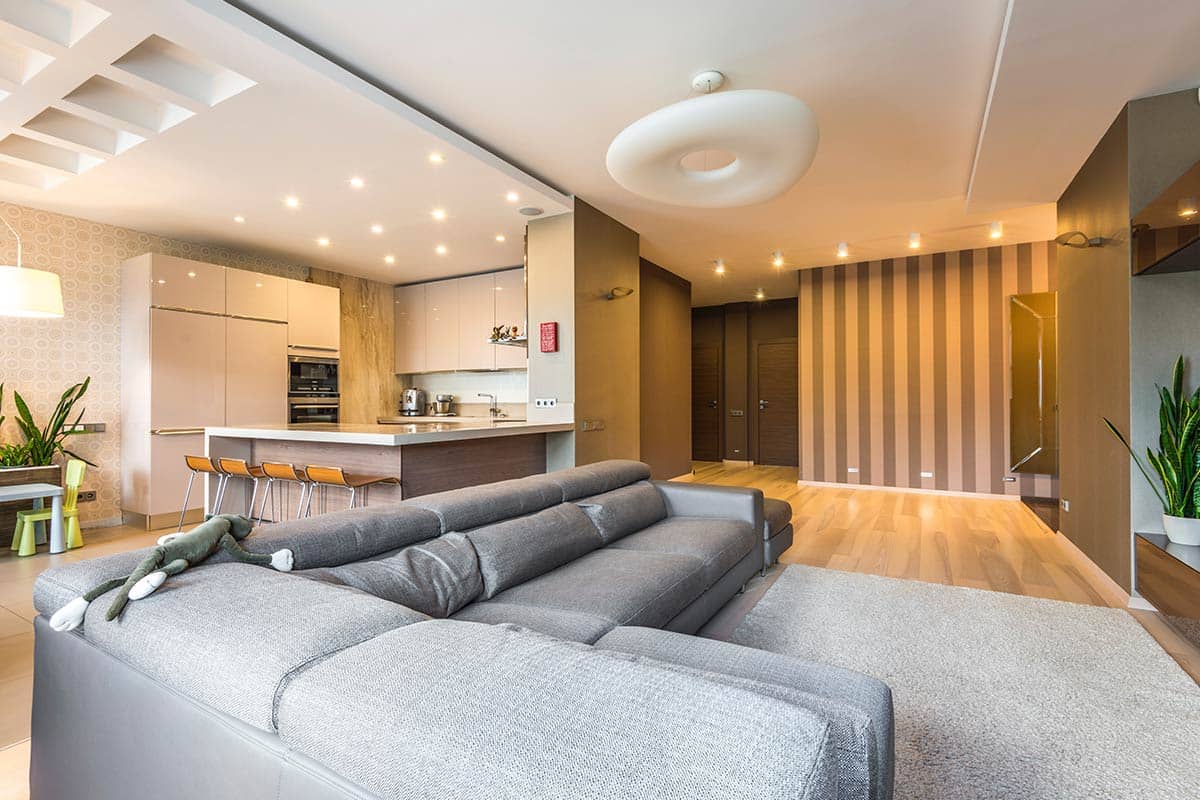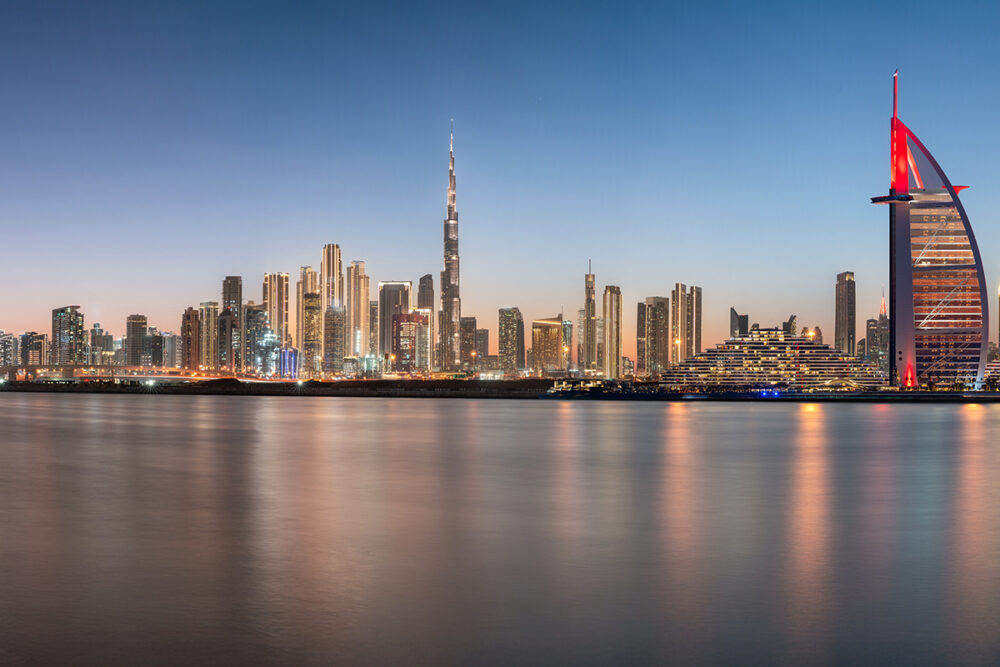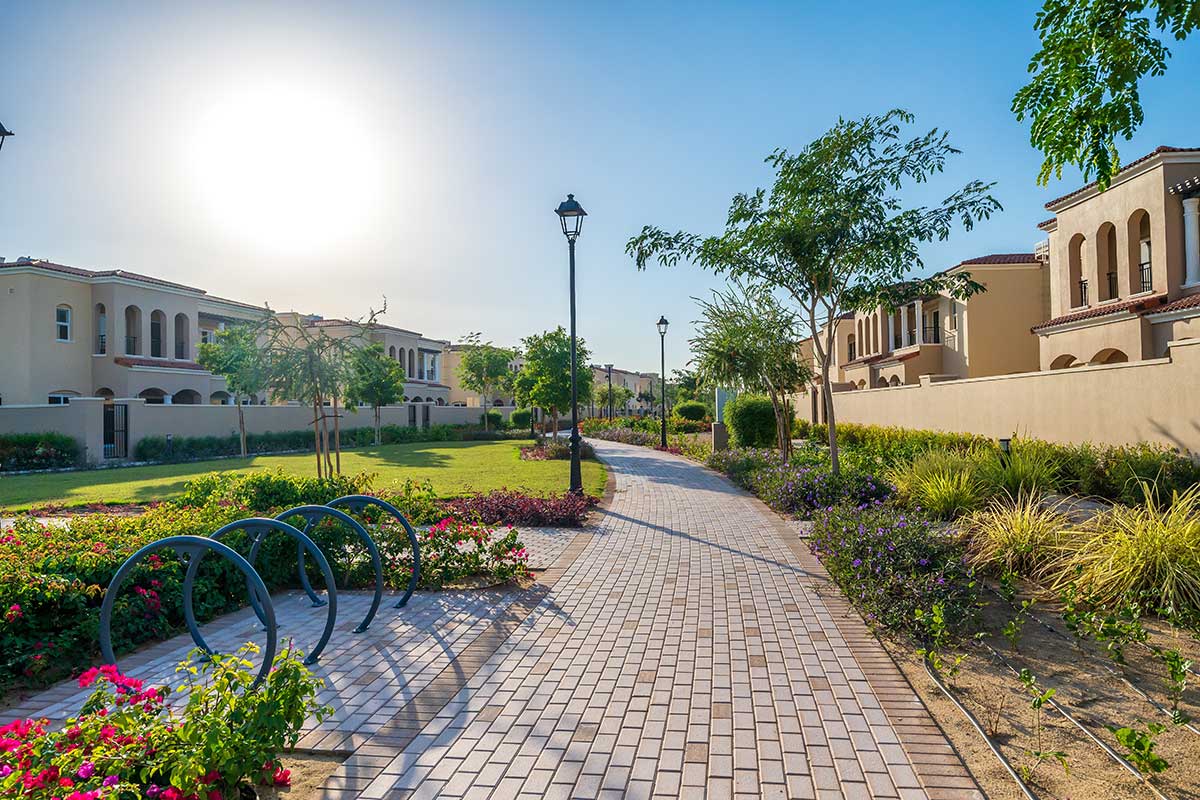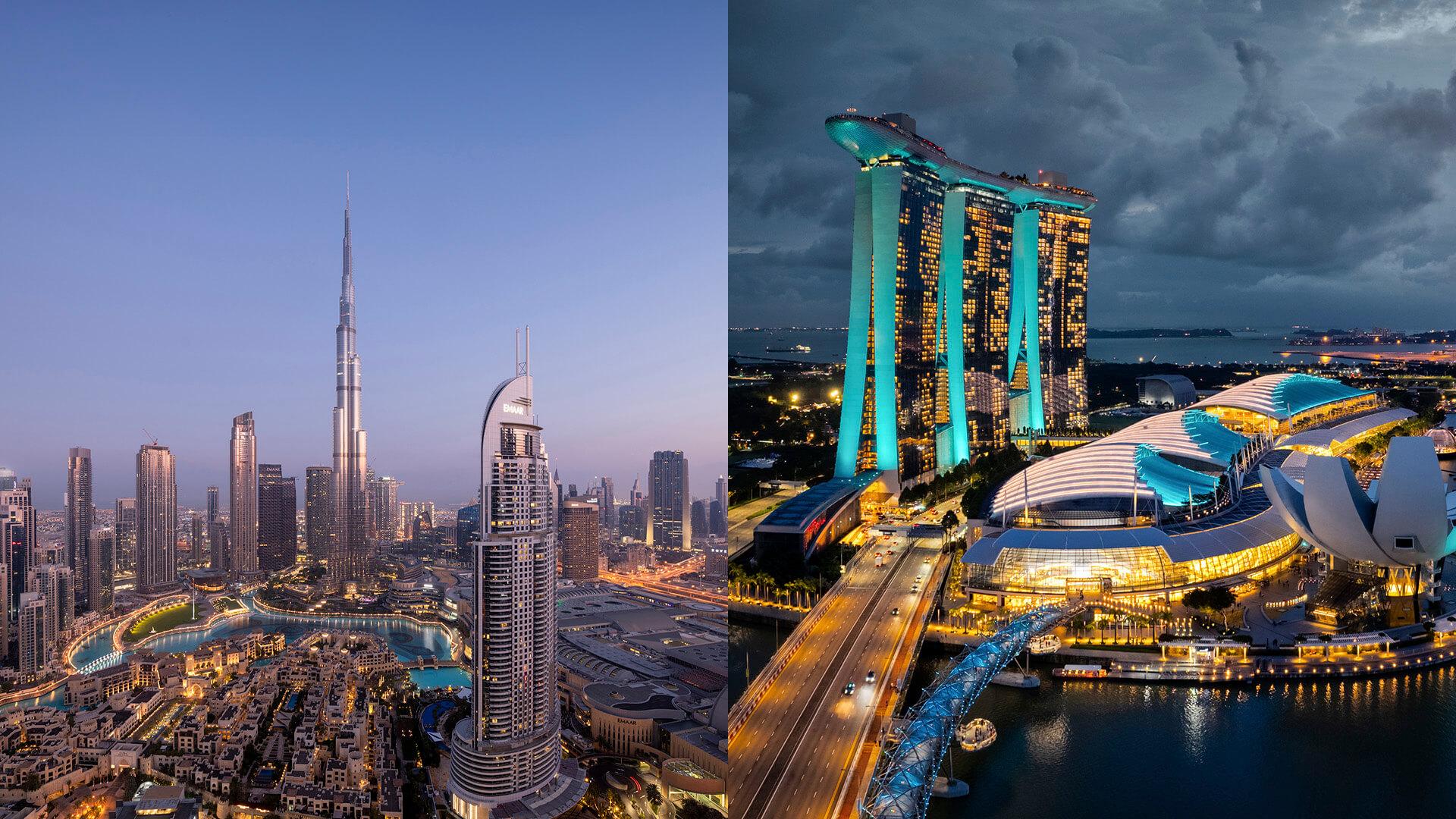Dubai’s 2025 Infrastructure Revolution: Unlocking a New Era for Real Estate Investment
Dubai is on the brink of an infrastructure renaissance. The Roads and Transport Authority (RTA) has launched a visionary slate of transport and mobility projects in 2025 that will reshape how people move, live, and invest across the emirate. This aggressive infrastructure expansion is a cornerstone of the Dubai Urban Master Plan 2040 and is perfectly aligned with the RTA’s Strategic Plan 2023–2030. For property investors and real estate stakeholders, this is a pivotal moment.
At DreamDwell Properties, we believe these developments aren’t just about roads and rail—they’re laying the foundation for the next wave of property demand across Dubai’s emerging and established districts.
The Bigger Picture: Connecting Dubai’s Past, Present & Future
The RTA’s new initiatives are designed to do more than reduce traffic. They aim to:
- Support population growth and urban sprawl
- Bridge connectivity gaps in developing areas like Dubai South and Nad Al Sheba
- Enable smart and sustainable mobility
- Stimulate real estate demand in newly connected zones
Each of the 20+ projects under execution will serve as a magnet for residential, commercial, and mixed-use real estate development. Let’s explore some of the most impactful ones.
🚇 Dubai Metro Blue Line – Expanding the Pulse of the City
The 30 km Metro Blue Line will add 14 new stations across rapidly growing areas like Al Warqa, Silicon Oasis, and International City. With capacity for 320,000 daily passengers, it will drastically ease congestion on existing Red and Green lines.
For investors, properties within a 1-km radius of these new stations are expected to appreciate significantly as demand for metro-connected living rises.
🛣️ Al Shindagha Corridor – Reconnecting Old Dubai to the Future
Spanning 13 km and touching 15 key intersections, the Al Shindagha Corridor project will bring modern, high-capacity infrastructure to heritage districts. Travel time between Deira and Bur Dubai will shrink from 104 to just 16 minutes.
This is a major win for investors in areas like Deira Waterfront and Dubai Islands, which are now primed for a value resurgence thanks to improved accessibility.
🚴 Hessa Street Upgrade – A Model for Multimodal Urban Living
With 9 km of bridges and parallel roads, Hessa Street is being transformed to accommodate vehicles, e-scooters, bicycles, and pedestrians alike. Hourly road capacity will double, and travel time will reduce by 75%.
Communities like JVC, Al Barsha, and Dubai Sports City stand to benefit enormously, especially as micro-mobility becomes part of Dubai’s urban lifestyle.
🏡 Emerging Zones: The Hidden Investment Gems
Several other projects are aimed specifically at opening up new development frontiers:
- Bridges to Dubai Islands will support high-volume traffic and seamless waterfront access.
- Al Fay Street Expansion and Al Warqa Access Enhancements will serve rapidly urbanizing zones like Dubai Silicon Oasis and International City.
- 700-metre Bridge to Nad Al Sheba will improve traffic flows and access for this popular residential hub.
Investors looking to get in early should target these zones before the infrastructure is fully operational to maximize long-term ROI.
🏙️ Dubai Harbour, Malls, and Tourist Zones – Designed for Visitors & Investors
The RTA isn’t just focused on residential commuters. Key hospitality and retail districts are getting attention too:
- Dubai Harbour Entry Points will improve traffic access for cruise visitors and tourists.
- Mall of the Emirates Access Roads (already 27% complete) will streamline weekend traffic and event flows.
These upgrades will increase footfall and convenience—boosting yields for retail, hotel, and serviced apartment investments.
🚁 Aerial Taxis and Vertiports – The Future is Now
By 2026, Dubai aims to launch commercial urban air mobility via VTOL (Vertical Take-Off and Landing) aircraft. Dedicated vertiports are already under development. This futuristic addition will further increase property values in zones near launch pads and air corridors.
🌳 Internal Roads & Community Connectivity – Uplifting Local Living
Projects like the Five-Year Internal Roads Strategy and Access Projects in Al Khawaneej 2, Nad Al Sheba 2, and Al Barsha 2 are focused on underserved communities. These bring previously “hidden” neighborhoods into the investment spotlight by improving access and traffic flow.
📊 Market Implications: A Real Estate Catalyst
Each of these infrastructure projects has a ripple effect:
- Improved Connectivity = Higher Demand: More residents prefer homes near efficient transport links.
- Increased Accessibility = Higher Value: Areas previously considered peripheral will now become prime zones.
- Sustainable Transit = Long-Term Growth: Smart mobility options like cycling, aerial taxis, and metro lines are future-proofing Dubai’s appeal.
For real estate developers and investors, proximity to transport nodes is the new beachfront.
🧭 Strategic Investor Tip from DreamDwell Properties
Keep an eye on:
- Project Timelines – Areas with delivery in 2025–2027 are ideal for off-plan investments now.
- Zoning Changes – As infrastructure develops, expect new designations for mixed-use and high-density zones.
- Multi-modal Access – Properties with access to multiple transport options (metro + road + bike path) will enjoy stronger resale and rental demand.
💬 Final Thoughts
Dubai’s 2025 infrastructure expansion is not just an engineering feat—it’s a masterstroke in urban planning that is paving the way for exponential real estate growth.
At DreamDwell Properties, we’re tracking these developments closely and advising our clients on how to capitalize on the new investment frontiers being unlocked. Whether you’re looking for a family home in a soon-to-boom suburb or a commercial investment near a future transport hub, now is the time to act.
Ready to ride the wave of Dubai’s infrastructure-led property boom? Let DreamDwell guide your next smart investment.





